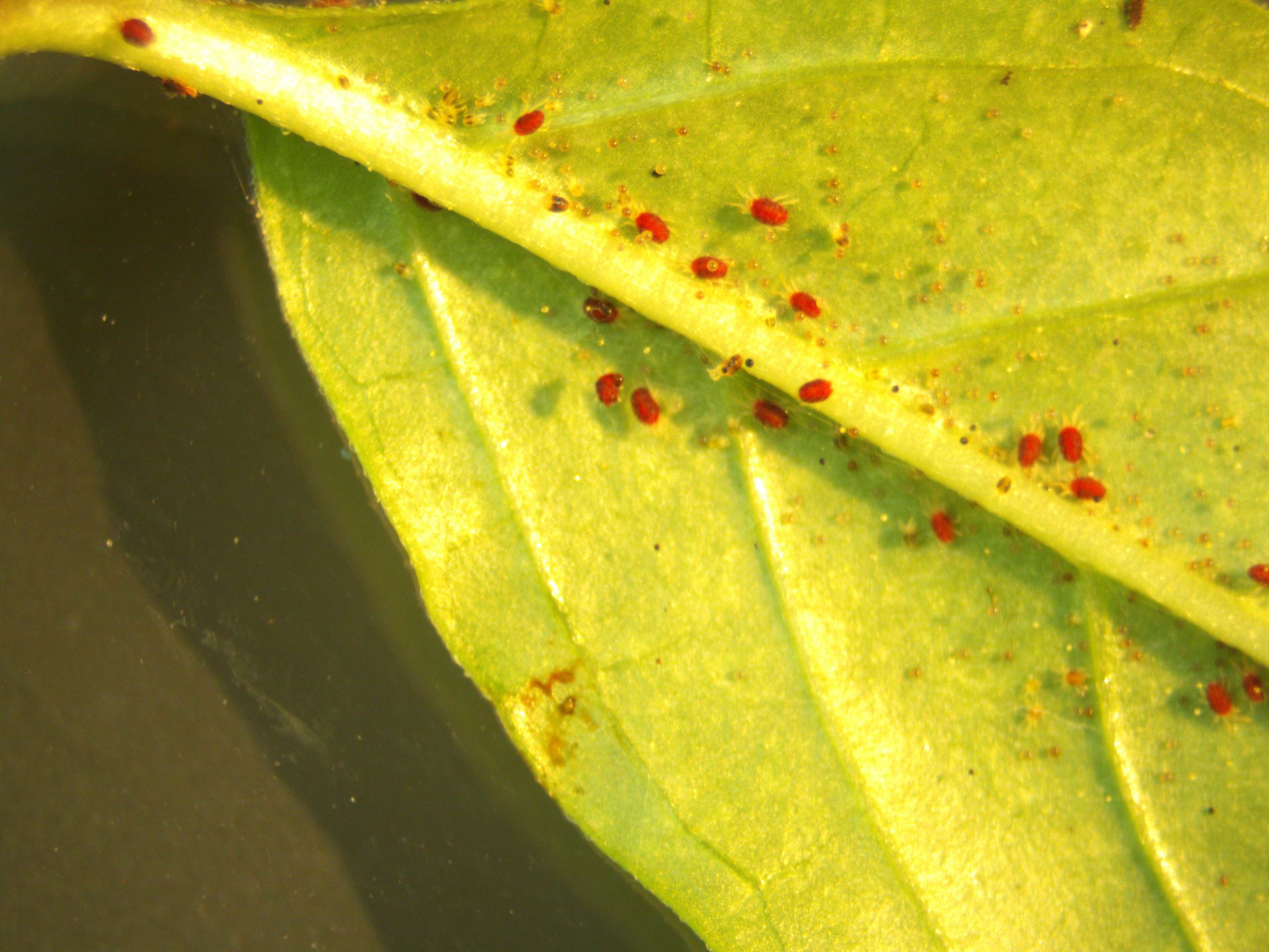Spider Mites

Scientific Name
Tetranychidae
Description
Spider mites are tiny arachnids that feed on plant sap, often identified by their fine webbing on the undersides of leaves and rapid reproduction. Their feeding can cause leaves to yellow, develop stippling, and drop prematurely.
Characteristics
These mites are less than 1 mm in size, with a rounded or oval body that may appear red, green, or yellow. They are distinguished by their prolific webbing and fast reproductive cycle, which can lead to sudden and severe infestations.
Control Methods
- Organic sprays: Apply organic remedies such as neem oil, insecticidal soap, or horticultural oils directly to infested plants. Diluted solutions of garlic or hot pepper can also serve as natural deterrents.
- Cultural practices: Implement companion planting with species that repel spider mites, rotate crops to break their life cycle, and promptly remove and destroy heavily infested leaves to reduce population buildup.
- Biological controls: Introduce beneficial organisms such as predatory mites (e.g., Phytoseiulus persimilis), ladybugs, lacewings, and minute pirate bugs. Insectivorous birds can also contribute to controlling spider mite populations.
- Mechanical physical: Utilize a strong water spray to wash off mites and their webbing from the undersides of leaves. Sticky traps can help capture mites that become airborne.
- Integrated preventive methods: Maintain proper plant hydration and avoid over-fertilization to prevent plant stress that attracts spider mites. Regularly inspect plants and clean off dust to reduce favorable conditions for mite proliferation.
Natural Enemies
- Predatory Mites
- Ladybugs
- Lacewings
- Minute Pirate Bugs
- Insectivorous Birds